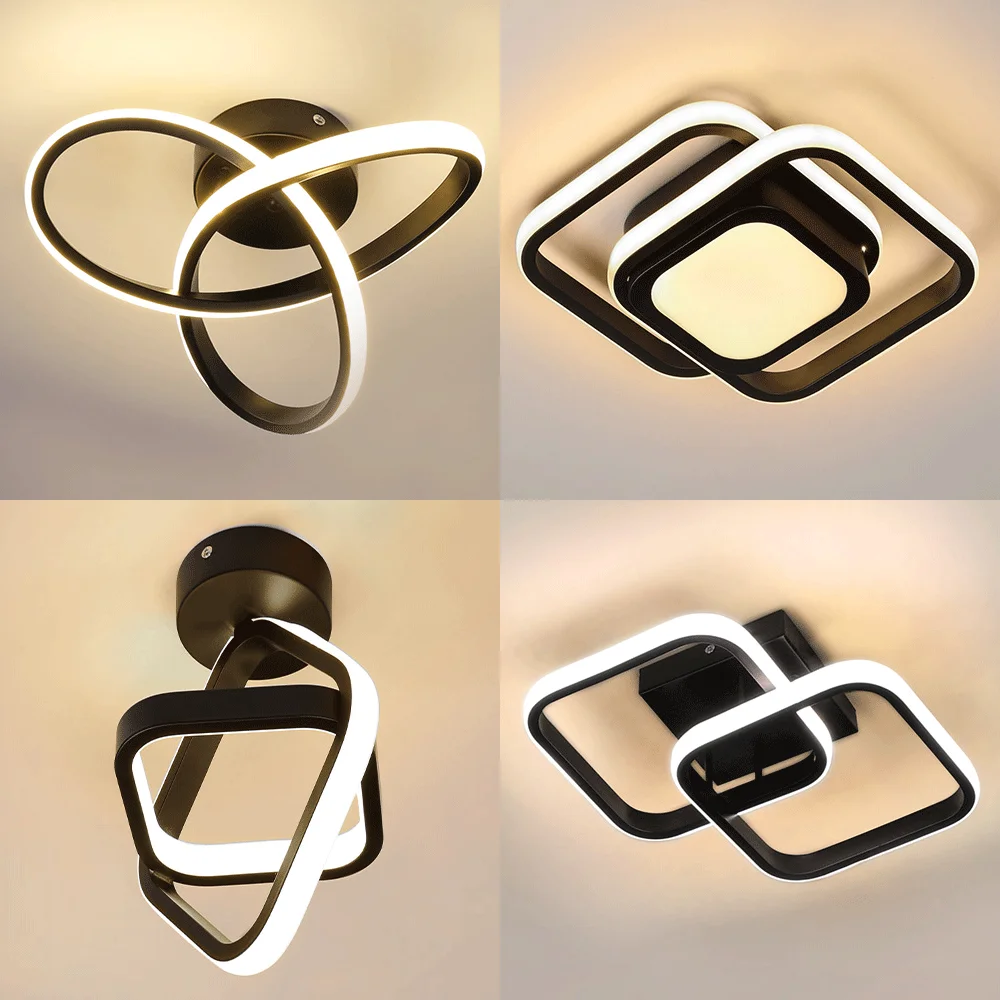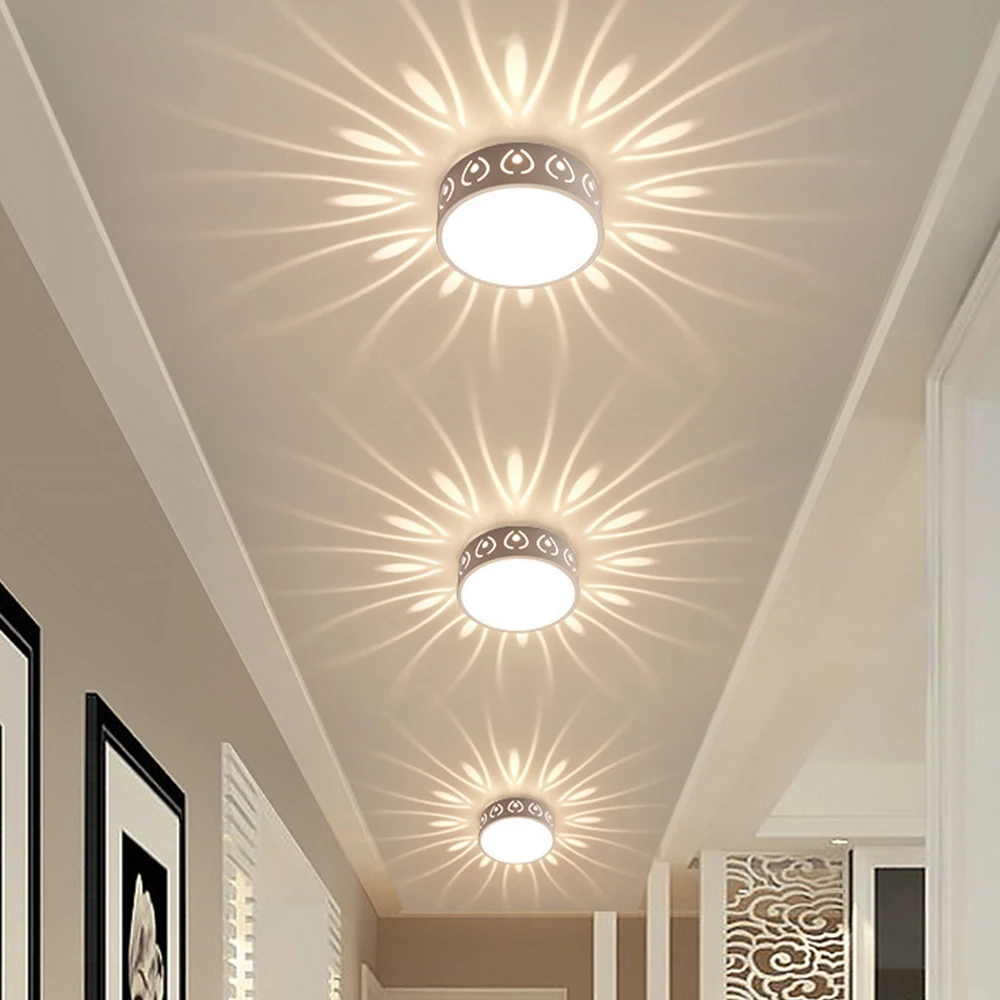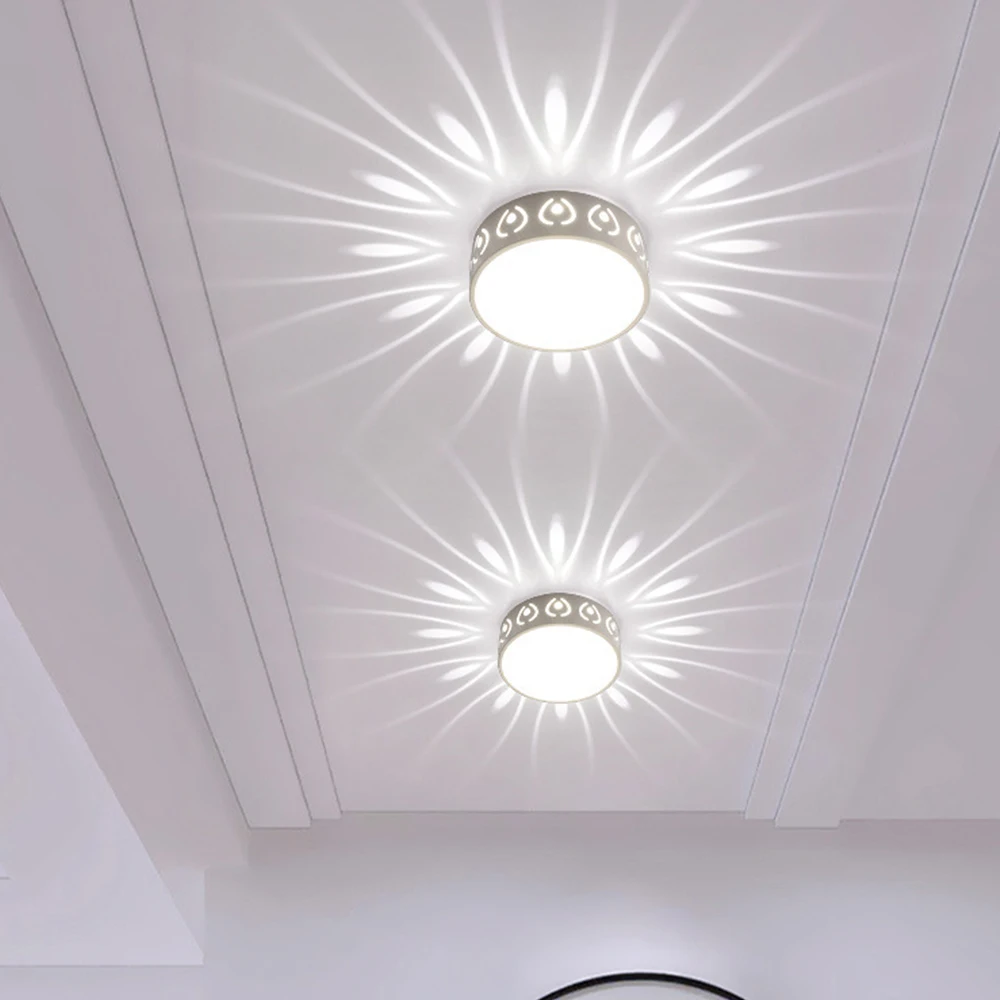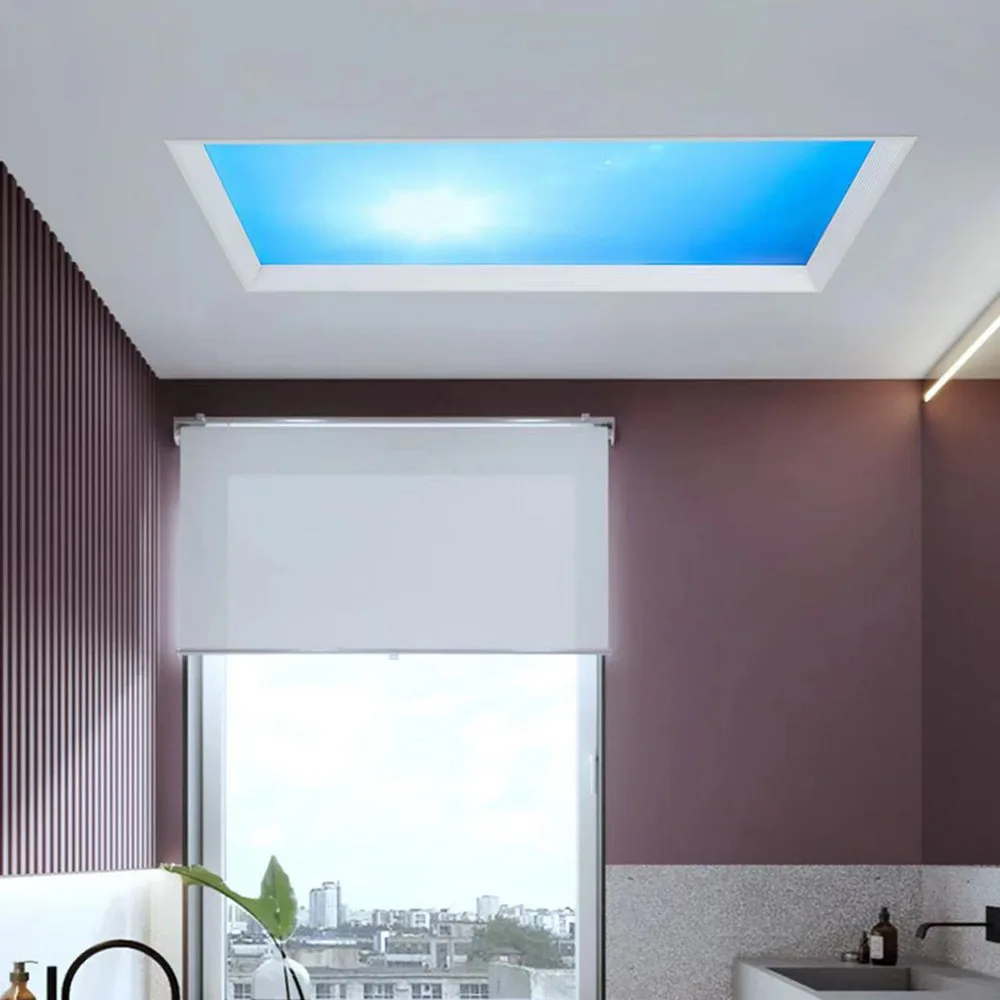Introduction
A clean and well-maintained bathroom not only enhances the aesthetic appeal of your home but also contributes to better hygiene and health. However, one common issue that many homeowners face is the appearance of black spots on the bathroom ceiling. These unsightly marks can detract from the overall look of the space and may even raise concerns about potential health risks. This article aims to explore the causes behind these black spots and offers effective solutions for dealing with them.
Understanding the Causes of Black Spots
Before diving into solutions, it’s crucial to understand the root causes of black spots on bathroom ceilings. These spots are typically a result of mold and mildew growth, often exacerbated by the humid and damp conditions prevalent in bathrooms. Mold spores are present in almost every indoor and outdoor environment, but they thrive in moist areas with poor ventilation. Bathrooms, with their frequent exposure to steam and water, provide the perfect breeding ground for mold.
Apart from humidity, other factors can contribute to the growth of mold and mildew. Poor insulation in the ceiling can lead to condensation, creating a moist environment conducive to mold growth. Leaks from plumbing fixtures or the roof can also introduce moisture, leading to the formation of black spots. Additionally, the absence of sunlight, which has natural antifungal properties, further aggravates the problem. Understanding these causes is the first step toward effectively addressing the issue.

Health Implications of Mold and Mildew
The presence of black spots on your bathroom ceiling is not just an aesthetics issue; it can also have significant health implications. Mold spores can become airborne and be inhaled by the occupants, leading to various respiratory problems. Symptoms can range from mild irritations like coughing and sneezing to more severe conditions such as asthma attacks and lung infections. Those with weakened immune systems, allergies, or pre-existing respiratory conditions are particularly at risk.
Mold exposure doesn’t only affect the respiratory system. It can also cause skin irritations and exacerbate existing skin conditions like eczema. In some cases, prolonged exposure to mold can lead to more severe health issues, including chronic fatigue and neurological problems. Given these potential health risks, it’s essential to tackle the problem as soon as you notice the presence of black spots on your bathroom ceiling.
Identifying the Source of Moisture
One of the most critical steps in dealing with black spots on your bathroom ceiling is identifying the source of moisture that is allowing mold to thrive. Start by inspecting the bathroom for obvious signs of water leaks. Check the plumbing fixtures, including the shower, sink, and toilet, for any signs of moisture or drips. Also, inspect the ceiling for water stains or discoloration, which could indicate a leak from the roof or an upper-level bathroom.
Another area to examine is the ventilation system. Bathrooms should have an exhaust fan that is capable of removing moisture-laden air efficiently. If your bathroom lacks adequate ventilation or if the exhaust fan is dirty or malfunctioning, it could be contributing to excessive humidity levels. It’s also worth checking the insulation in your bathroom ceiling. Poor insulation can lead to condensation, especially in colder climates, providing another source of moisture for mold growth.
DIY Cleaning Solutions for Black Spots
Once you’ve identified and addressed the source of moisture, it’s time to tackle the black spots themselves. Many DIY solutions can effectively remove mold and mildew from your bathroom ceiling. One of the most popular and straightforward methods involves using a mixture of water and white vinegar. Vinegar is a natural antifungal agent that can kill mold spores on contact. Spray the affected area with undiluted white vinegar and let it sit for about an hour. Then, wipe it off with a damp cloth and allow the area to dry completely.
For more persistent mold, a mixture of baking soda and water can be highly effective. Make a paste by combining baking soda and a small amount of water, then apply it to the black spots. Let it sit for a few minutes before scrubbing the area with a brush and rinsing with water. Bleach is another powerful mold-killing agent, but it should be used with caution. Mix one part bleach with three parts water, apply it to the moldy area, and let it sit for about 10-15 minutes before scrubbing and rinsing. Always ensure good ventilation when using bleach and wear protective gear to avoid inhaling fumes.

Commercial Cleaning Products
While DIY solutions can be effective, sometimes you need the potency of commercial cleaners to tackle stubborn mold and mildew. The market offers a variety of products specifically designed to kill mold and remove stains from bathroom ceilings. These products often contain fungicides and other potent chemicals that can effectively eradicate mold spores. Popular brands like Mold Armor, Concrobium, and Tilex Mold & Mildew Remover are highly recommended for their effectiveness.
When using commercial cleaning products, it’s essential to follow the manufacturer’s instructions carefully. Some products may require you to leave the solution on the affected area for a specific duration before rinsing, while others might need scrubbing to be effective. Always ensure that the bathroom is well-ventilated during and after application to avoid inhaling any potentially harmful fumes. Additionally, wearing gloves and eye protection is advisable when handling these products, as some can be harsh on the skin.
Commercial products also often come with added benefits such as stain removal and odor elimination, making them a comprehensive solution for dealing with black spots on your bathroom ceiling. Opt for products that offer long-lasting protection by preventing future mold and mildew growth, thereby reducing the need for frequent cleaning.
Professional Mold Remediation
In some cases, the mold problem might be too extensive for DIY or commercial cleaning solutions. If the black spots on your bathroom ceiling cover a large area or if you’ve noticed mold spreading to other parts of your home, it may be time to call in professional mold remediation services. Professionals have the expertise, equipment, and specialized cleaning agents required to effectively deal with severe mold infestations.
A professional mold remediation service will typically start with a thorough inspection to assess the extent of the problem and identify the source of moisture. They will then use specialized equipment like HEPA vacuums, air scrubbers, and industrial-grade dehumidifiers to remove mold spores from the air and affected surfaces. In some cases, they may also need to remove and replace sections of drywall, insulation, or ceiling tiles that are heavily infested.
Preventative Measures
Once you’ve successfully dealt with the black spots on your bathroom ceiling, it’s essential to implement preventative measures to ensure they don’t return. Effective ventilation is one of the most critical factors in preventing mold and mildew growth. Make sure your bathroom is equipped with a high-quality exhaust fan and use it during and after showers to remove moisture-laden air. If possible, open a window to allow fresh air to circulate and help dry out the bathroom.
Applying a mold-resistant paint can provide an additional layer of protection. These paints contain antimicrobial agents that inhibit the growth of mold and mildew, making them an excellent choice for bathrooms and other high-moisture areas. Ensure that the ceiling is thoroughly cleaned and completely dry before applying the paint for the best results.
Importance of Proper Ventilation
Proper ventilation is not just a solution but a preventative measure to keep black spots at bay. Bathrooms are prone to high levels of humidity due to showers, baths, and even sink usage. An efficient ventilation system can significantly reduce this excess moisture, creating a less hospitable environment for mold and mildew to thrive. Installing a high-quality exhaust fan is an excellent first step. Make sure the fan is appropriately sized for your bathroom and run it during and after showers for at least 15-20 minutes to effectively remove moisture from the air.
Ceiling fans can also be a valuable addition for improving air circulation. If your bathroom lacks windows, a combination of an exhaust fan and a portable dehumidifier can help keep humidity levels under control. Regularly cleaning the exhaust fan to ensure it’s functioning optimally is equally important. Dust and debris can accumulate over time, reducing its efficiency and effectiveness.

Conclusion
Dealing with black spots on your bathroom ceiling involves a combination of identifying the root cause, effectively cleaning the affected area, and implementing preventative measures to avoid future occurrences. Understanding that these spots are usually a result of mold and mildew growth emphasizes the importance of controlling moisture and ensuring proper ventilation in your bathroom. Whether you opt for DIY solutions, commercial cleaning products, or professional services, the key is timely action and consistent maintenance.
Maintaining a mold-free bathroom ceiling not only enhances the aesthetic appeal of your home but also contributes to your family’s health and well-being. By taking proactive steps to manage moisture levels and regularly inspecting and cleaning your bathroom, you can keep those unsightly black spots at bay. Use the tips and solutions provided in this article to achieve a spotless, hygienic bathroom ceiling and enjoy the peace of mind that comes with it.
